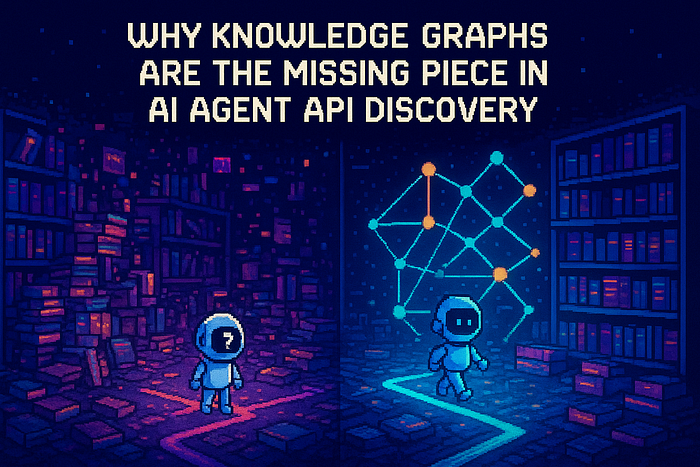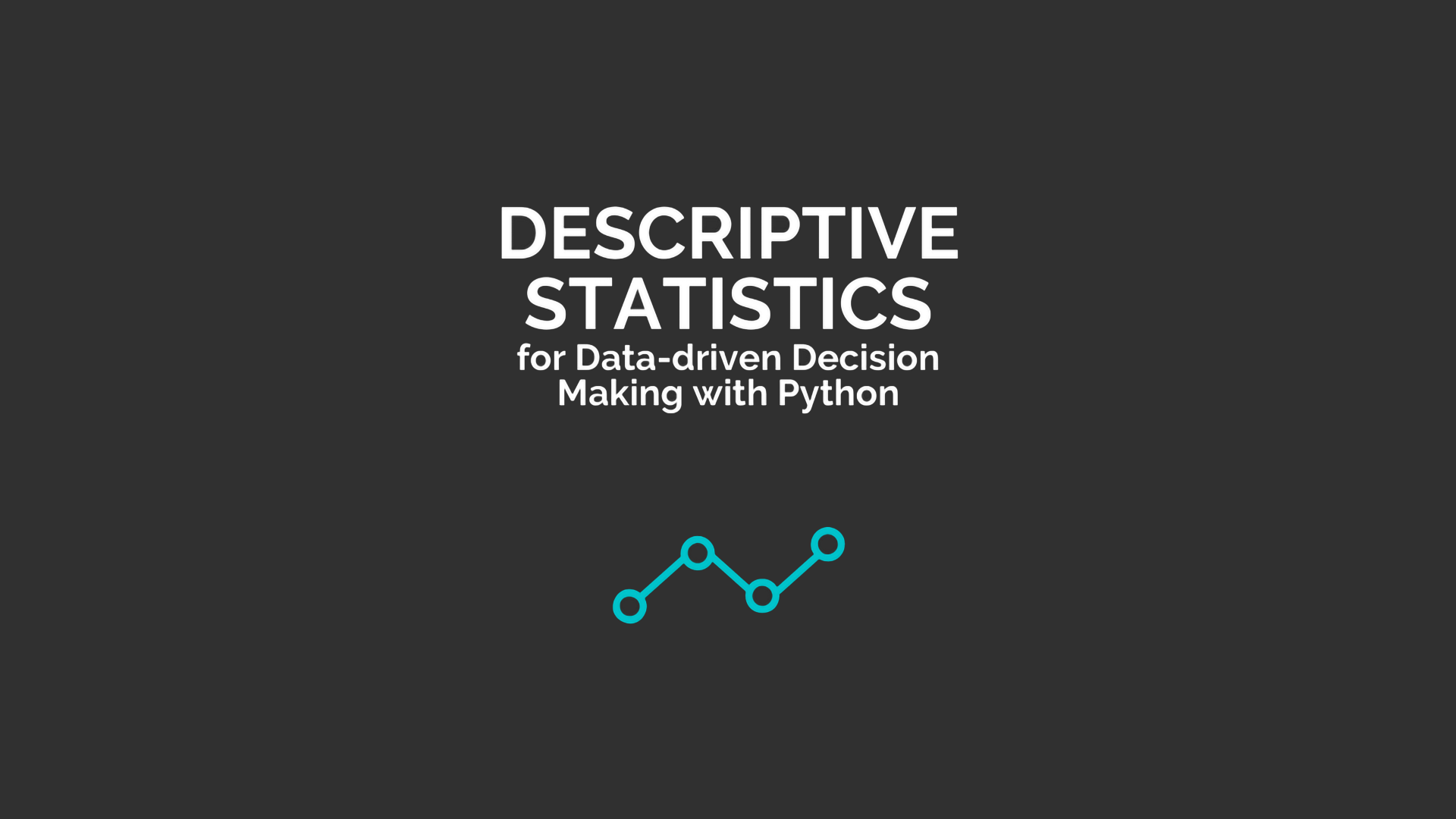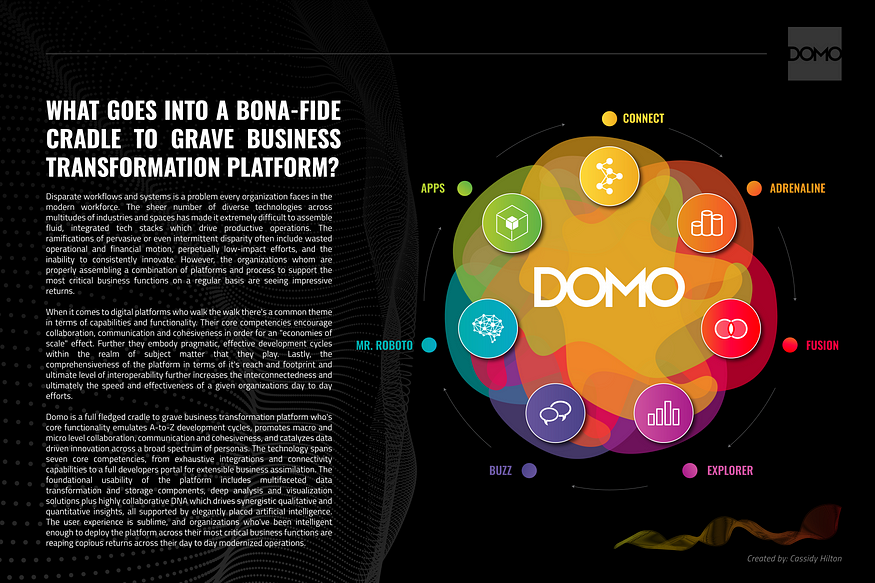
Qwen-3 Fine Tuning Made Easy: Create Custom AI Models with Python and Unsloth
Last Updated on May 10, 2025 by Editorial Team
Author(s): Krishan Walia
Originally published on Towards AI.
Qwen3 outperformed many best LLMs, it's your time to do the same — Learn to fine-tune it today!
Not a member?Feel free to access the full article here.
Qwen-3 is shattering benchmarks!
Let’s harness its mind-blowing powers for our unique projects with Python and Unsloth! 🚀
While everyone’s racing to build applications on ChatGPT and DeepSeek, savvy developers are quietly discovering the new Qwen-3’s fine-tuning capabilities, which is a hidden gem that turns a general-purpose AI into your specialised digital expert.
Through this article, you will learn how you can fine-tune the latest Qwen-3 model for your specific use case. Even if you are a complete beginner who is just starting out in the AI sphere or an experienced AI engineer, there is something for you in this.
Qwen3 has recently been released, and in no time has become a go-to choice for most of the developers out there. The reason for such fame is the benchmark scores that it has obtained in the competitive evaluation of coding, math, general capabilities, etc.
The benchmarks are outperforming major LLMs, including models such as DeepSeek-R1, o1, o3-mini, Grok-3, and Gemini-2.5-Pro. Additionally, the small MoE model, Qwen3–30B-A3B, outcompetes Qwen-32B with 10 times of activated parameters, and even a tiny model like Qwen3–4B can rival the performance of Qwen2.5–72B-Instruct.
You can read more about the benchmarks and… Read the full blog for free on Medium.
Join thousands of data leaders on the AI newsletter. Join over 80,000 subscribers and keep up to date with the latest developments in AI. From research to projects and ideas. If you are building an AI startup, an AI-related product, or a service, we invite you to consider becoming a sponsor.
Published via Towards AI
Take our 90+ lesson From Beginner to Advanced LLM Developer Certification: From choosing a project to deploying a working product this is the most comprehensive and practical LLM course out there!
Towards AI has published Building LLMs for Production—our 470+ page guide to mastering LLMs with practical projects and expert insights!

Discover Your Dream AI Career at Towards AI Jobs
Towards AI has built a jobs board tailored specifically to Machine Learning and Data Science Jobs and Skills. Our software searches for live AI jobs each hour, labels and categorises them and makes them easily searchable. Explore over 40,000 live jobs today with Towards AI Jobs!
Note: Content contains the views of the contributing authors and not Towards AI.














